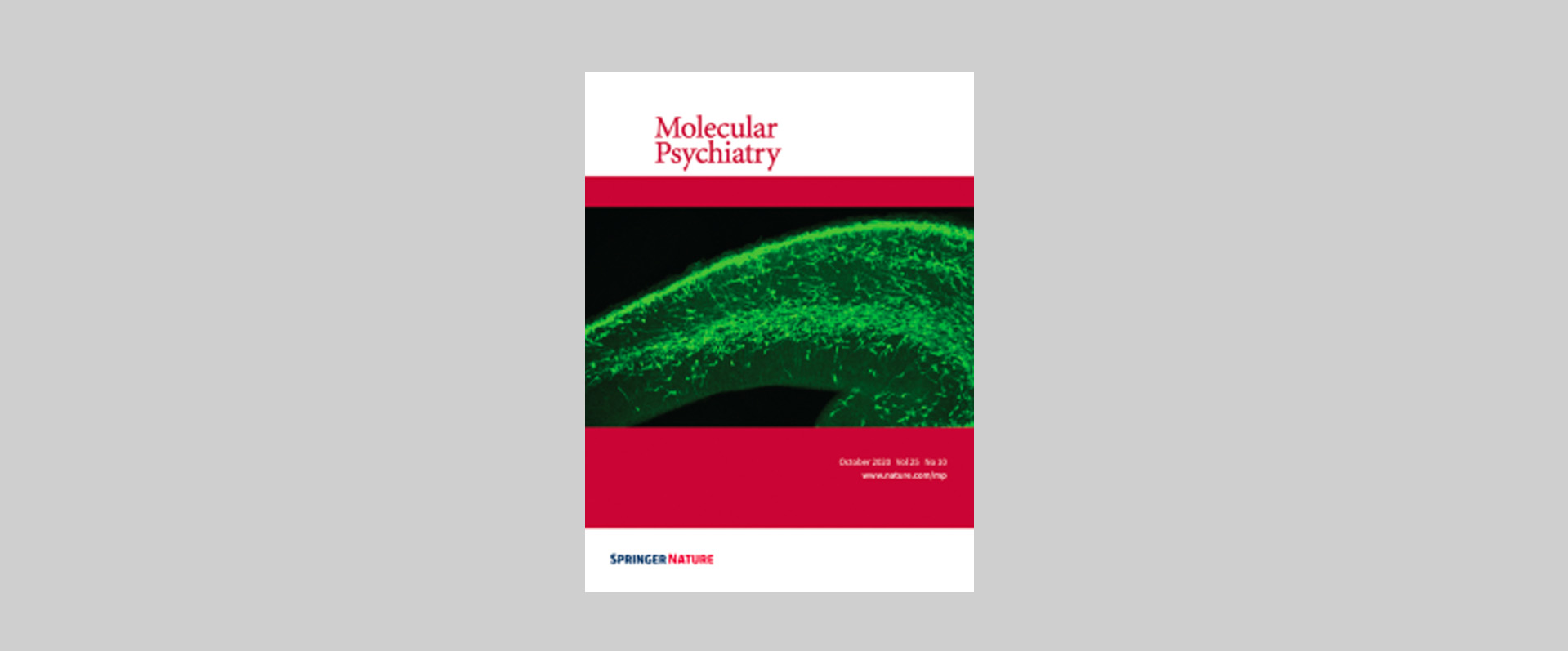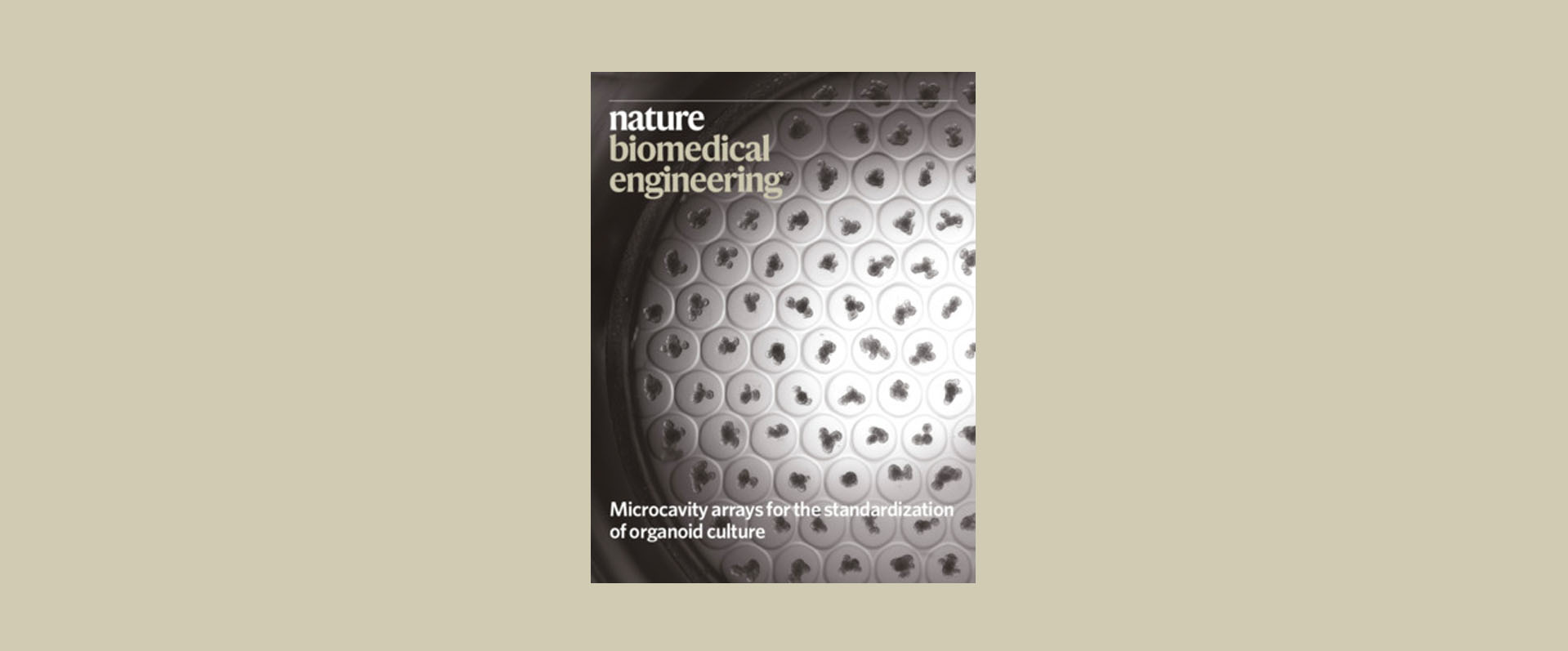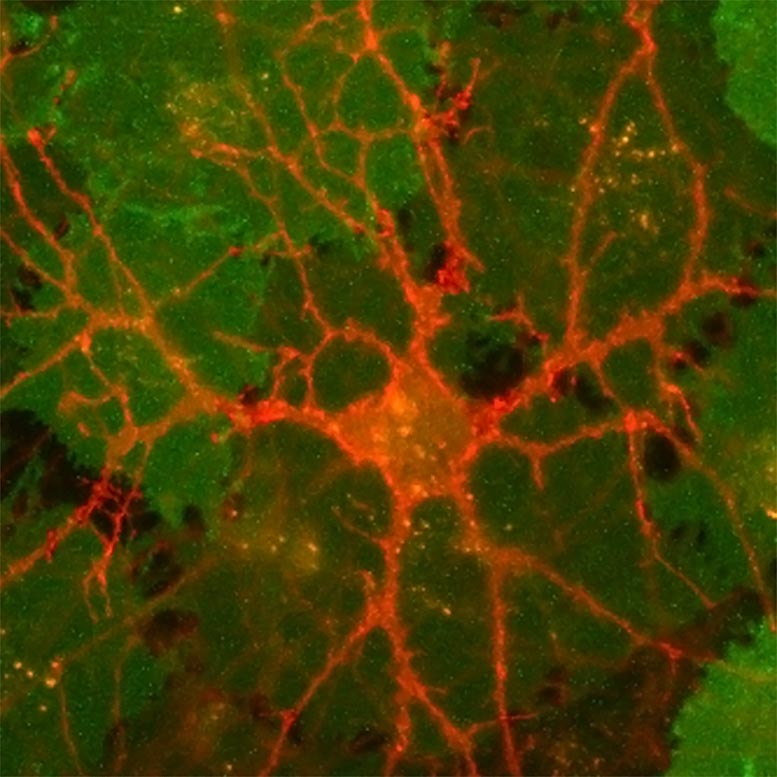-
Researchers Find Gene to be Key Regulator of Progranulin Expression; Modifies the risk of Multiple Neurodegenerative Diseases

Professor Yu Jintai from Fudan University-affiliated Huashan Hospital and his research team recently published a major discovery in the journal Science Advances. In research supported by TCCI®, the team discovered that the FAM171A2 gene is a key regulator of progranulin (PGRN) expression in cerebrospinal fluid and can reduce the risk of multiple neurodegenerative diseases. […]
-
The Effect of Ventral Globus Pallidus on Arousal and Motivational Behavior

TCCI® researcher and President of the Chinese Sleep Research Society, Professor Huang Zhili’s research group at Huashan Hospital recently published research focused on the effect of ventral globus pallidus on wakefulness and motivational behaviors in the journal “Molecular Psychiatry.” The paper, entitled “Ventral pallidal GABAergic neurons control wakefulness associated with motivation through the ventral tegmental […]
-
The Brain Quenches Thirst in Different Ways

After eating a bag of salty potato chips, you probably feel thirsty. And after a long period of exercise, you also probably feel thirsty. However, these two types of thirst are not the same. In the first example, you would likely reach for water. This is because after eating chips, the concentration of salts and […]
-
TCCI®-affiliated Professor Wins NIH Director’s Pioneer Award

Magdalena Zernicka-Goetz, Bren Professor of Biology and Biological Engineering is one of four Caltech faculty members to receive grants from the NIH’s High Risk, High Reward Research Program. Zernicka-Goetz, a TCCI®-affiliated faculty member, received a NIH Director’s Pioneer Award which “challenges investigators at all career levels to pursue new research directions and develop groundbreaking, high-impact […]
-
How Aggression Leads to More Aggression

Like a champion fighter gaining confidence after each win, a male mouse that prevails in several successive aggressive encounters against other male mice will become even more aggressive in future encounters. This phenomenon is interesting to scientists who study behavioral neuroscience because aggression is an innate behavior in the brain. Now a team of Caltech […]
-
TCCI® Director, Professor Ying Mao Introduces New Technologies for Epilepsy Treatment in a Paper Published in the Journal Nature, Biomedical Engineering

On September 28, Professor Ying Mao, Director of the Tianqiao and Chrissy Chen Institute for Translational Research, and Professor Cong Li from the School of Pharmacy at Fudan University, published a paper, titled ” An electric-field-responsive paramagnetic contrast agent enhances the visualization of epileptic foci in mouse models of drug-resistant epilepsy” in the journal Nature […]
-
Unlocking the Mysteries of Brain Chemistry With New Dopamine Sensors

Research from Viviana Gradinaru, Director of the Center for Molecular and Cellular Neuroscience, is cited in this article about dLight1, a dopamine sensor developed by Lin Tian and her team at UC Davis Health, which detects this hormone which is released by neurons to send signals to other nerve cells. When combined with advanced microscopy, […]
-
How Fear Persists in the Mouse Brain

After a sudden fright, it’s common for your heart rate to stay elevated, your palms to stay sweaty and senses to remain alert for another threat. Mice also exhibit this response and a team of Caltech researchers wanted to learn what’s happening at a cellular level in the mouse’s brain during these persistent displays of […]
-
As Pandemic Progressed, People’s Perceived Risks Went Up

In the first week of the coronavirus pandemic, people living in the United States underestimated their chances of catching the virus, or of getting seriously ill from the virus, according to a recently published Caltech-led study. But as the days progressed, those same people became more worried about their personal risk, and, as a result, […]
-
Clear Contrast: Q&A with Mikhail Shapiro, Ph.D

One of the most challenging aspects of studying the brain is that it’s so hard to access within living organisms. Mikhail G. Shapiro, PhD, TCCI®-affiliated, Professor of Chemical Engineering and Heritage Medical Research Institute Investigator was recently interviewed by the Dana Foundation about his team’s recent discovery of an “erasable” contrast agent which makes it easier to study […]